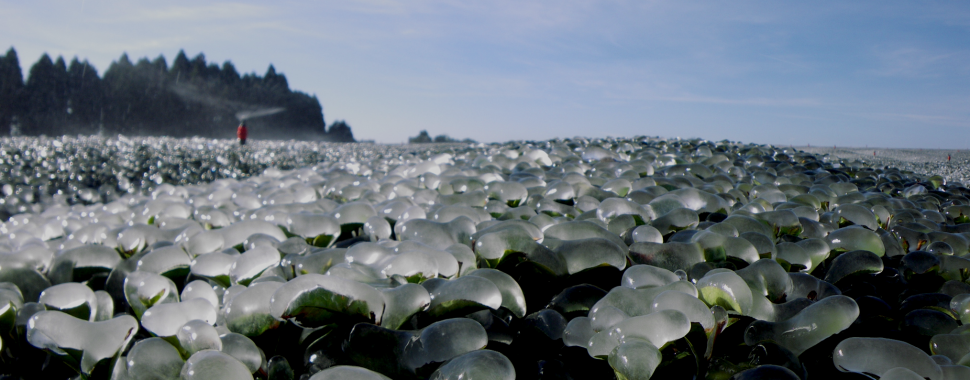Winter Tea Farm
 |
DECEMBER - JANUARY
Farm Management
| December is a quiet time for our tea farm after all four harvests are over. This is the time when our farmer is able to concentrate on his farm management work which is of utmost importance as it will affect the next year's yield. Farm management work involves managing the health of tea plants, ploughing up lands for new farming areas and engaging in other projects to help the farm run more efficiently. Our farmer is always prepared to move his farm to higher lands to avoid pests problems on lower lands due to global warming. |
FEBRUARY
Soil Conditioning
| After the last harvest of the year in autumn, soil loses its nutrients and the micro-organisms living inside the soil decrease dramatically. The soil becomes weak and its aggregate structure starts collapsing. Early in spring each year, to prepare for a good harvest for that whole year, our farmer starts to recondition his soil by feeding it with the compost which he takes four years to make. When compost is applied to the soil, the compost releases its micro-organisms into the soil, which feed on the organic materials that are used to make the compost. This chain of activities increases the colony of micro-organisms in the soil. With an active colony of micro-organisms, the occurrence of pests is greatly reduced, the soil's aggregate structure is re-built and the soil becomes highly fibrous soft, making absorption of nutrients better. |
Spring Pruning
| Tea trees are pruned before the first harvest season begins in April. Pruning involves trimming branches and leaves of the tea plants to the same height so that the new leaves will grow at the same speed and height, which makes plucking easier during harvest time. Pruning also ensures evenness in the quality of the leaves picked. This is so because when tea plants grow at the same height, there will be no mixture of young and old leaves but only young new leaves at the top of each tea plant. |






